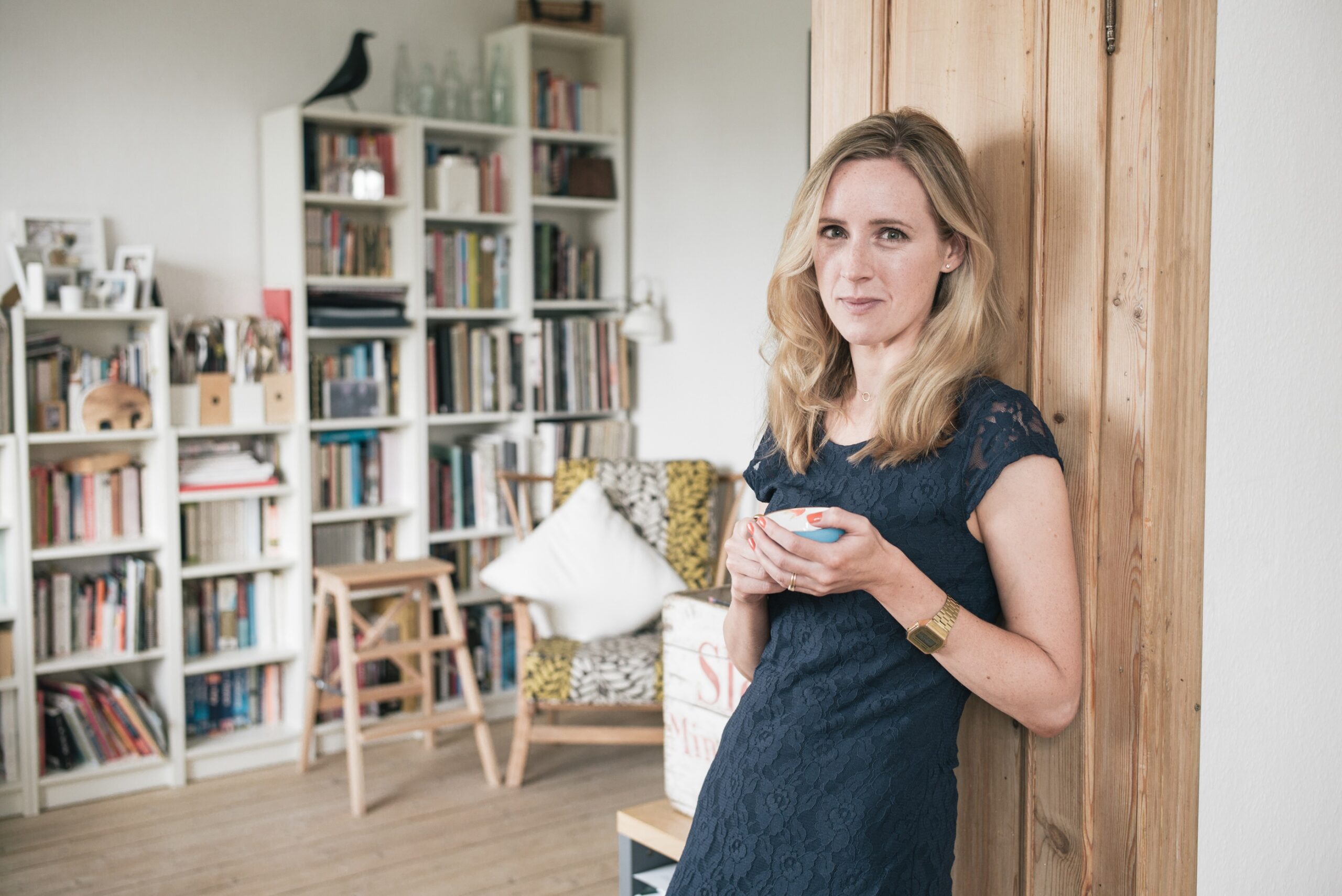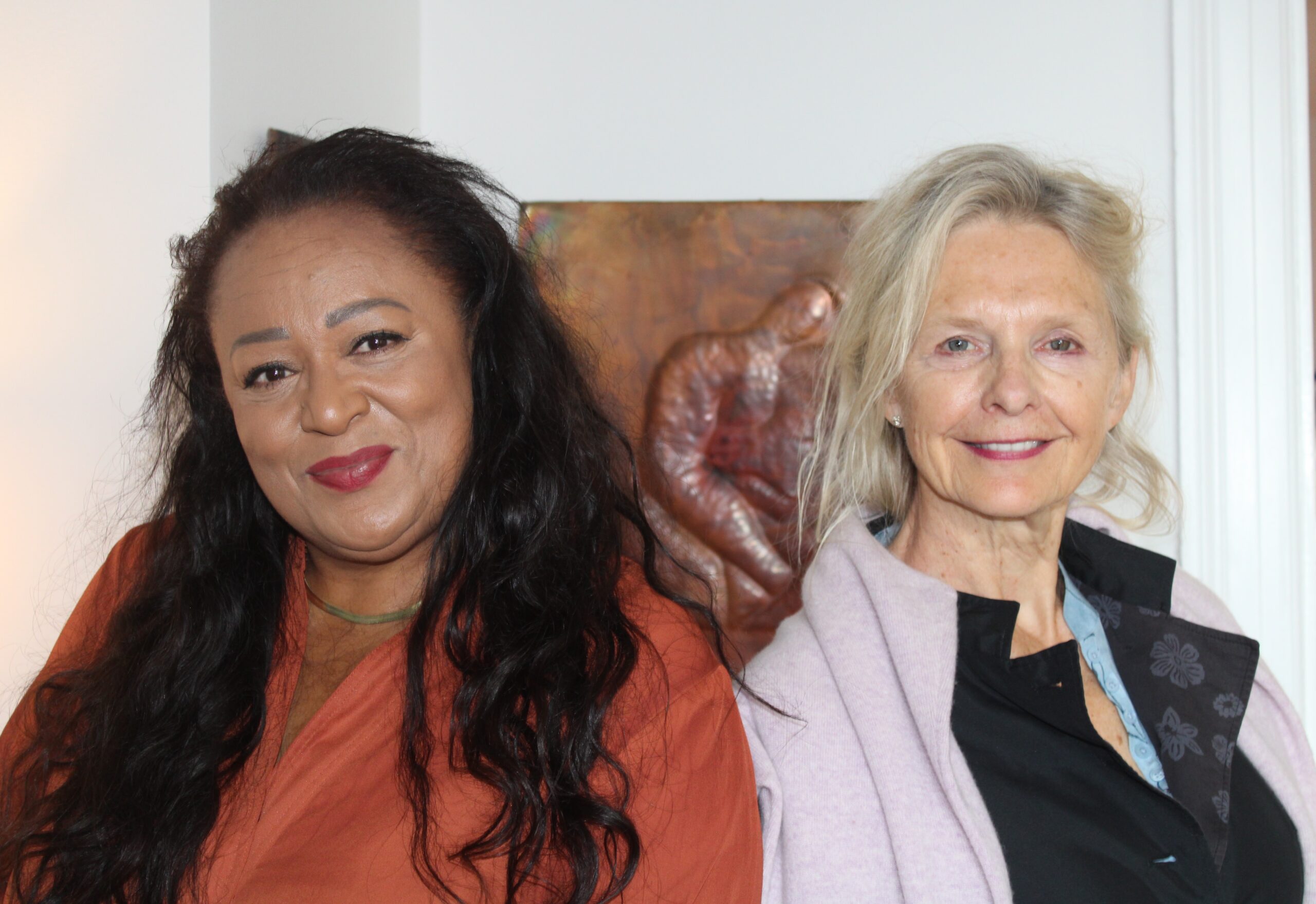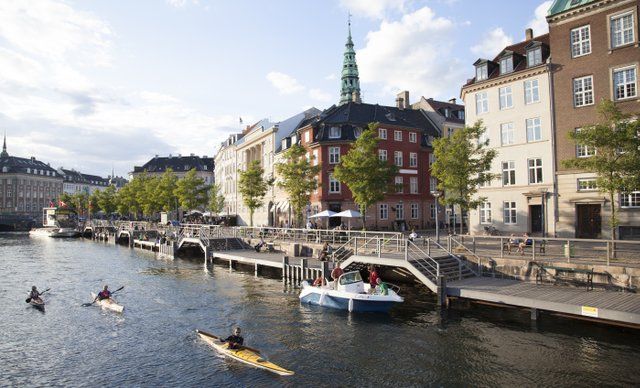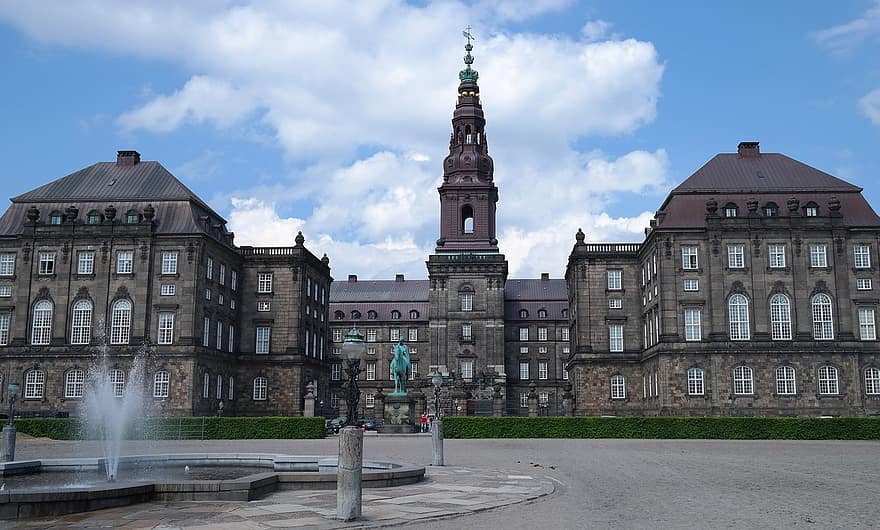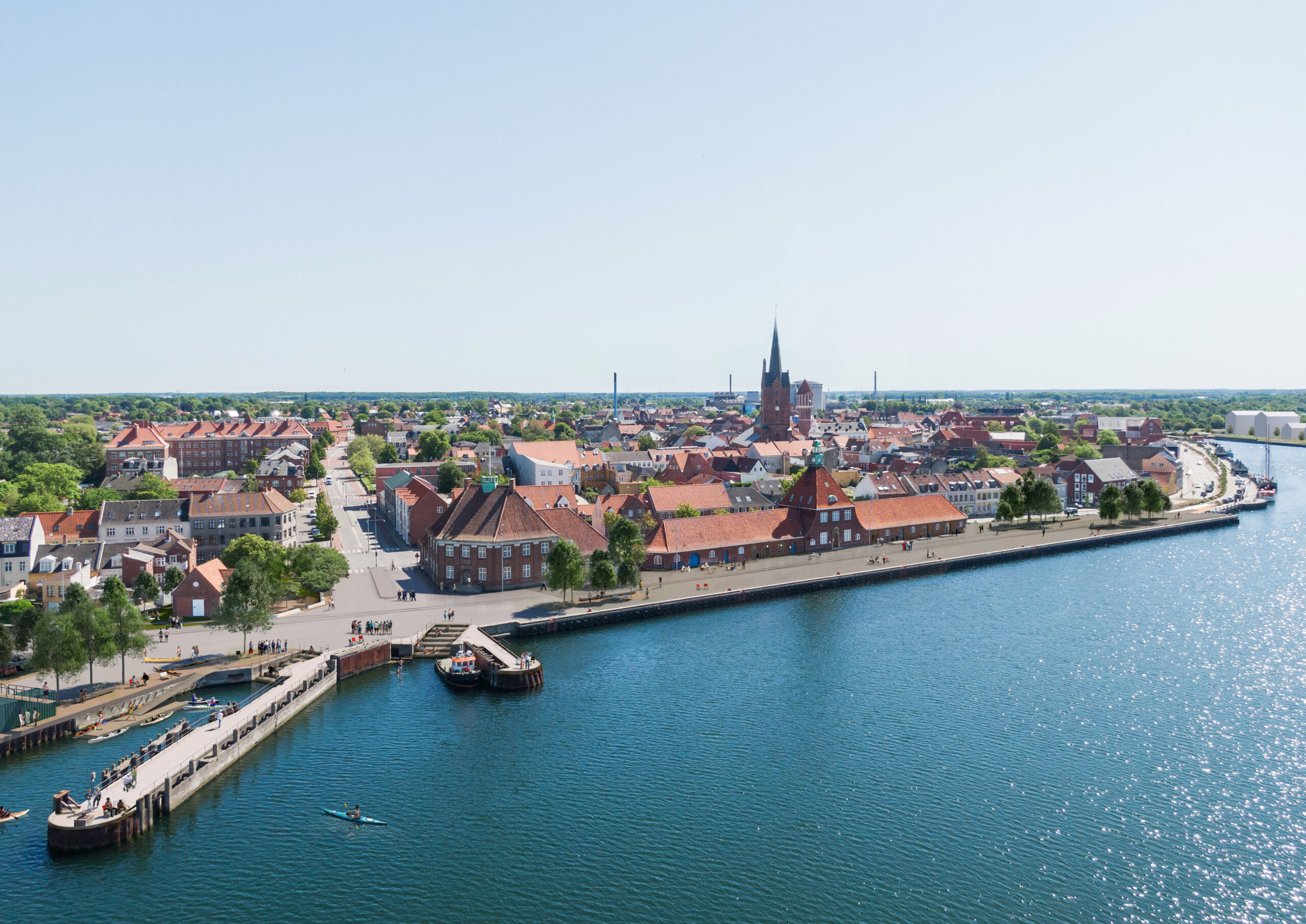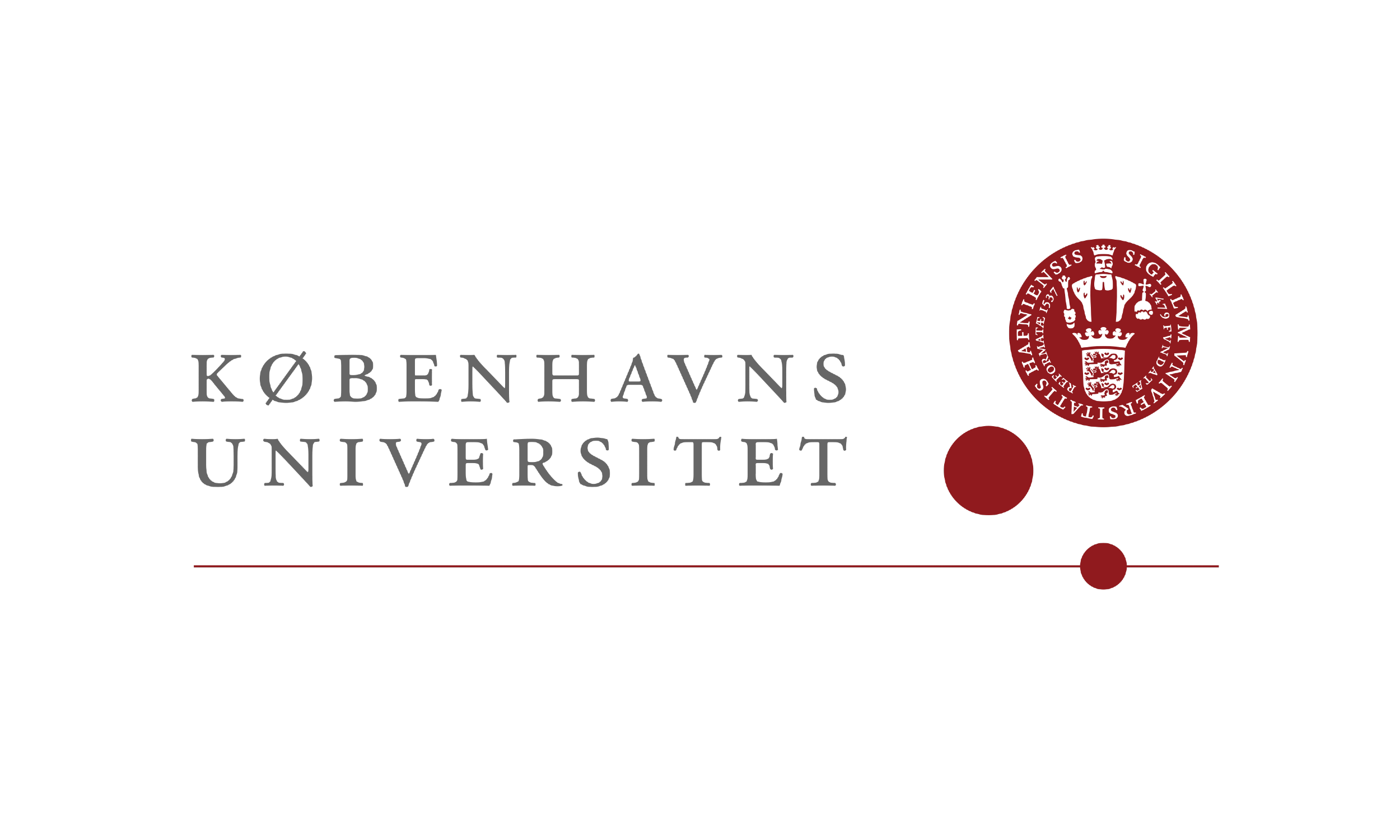Denmark’s biggest trading partner, the 17-country Eurozone, is finally showing signs of growth following its 18-month recession, after figures for the year’s second quarter showed a modest 0.3 percent growth rate.
“We have seen a very good quarter,” said Helge J. Pedersen, the head of economic research for Nordea bank. “We believe things will remain positive and that the Eurozone is out of the recession. But it also worth noting that the economy suffered quite a bit during the winter and in a way is just regaining lost ground.”
Spurring the Eurozone recovery were positive numbers coming out of the currency bloc’s two powerhouses, France and Germany.
Germany provided the main thrust of the rebound after its economy grew 0.7 percent growth between the first and second quarters, while France surprised all pundits with a 0.5 percent growth rate.
Sixty-two percent of Denmark’s exports go to European Union countries. Nearly a quarter go to Germany alone.
“Basically this is good for Denmark due to two reasons. Firstly Germany our biggest trading partner, so if things go well in Germany, things get better in Denmark,” Pedersen explained. “The second thing is that good news like these can be the start of a positive spiral. The more positive news consumers hear, the more positive they feel.”
Pedersen warned that the end of the recession did not mark a return to booming European economies. He said to expect “very moderate” growth both at home and in the EU.
A worrying factor for Denmark, however, is that while exports to Germany rose during the quarter, total exports fell by 4 percent compared with the first quarter.
“It is in fact a bit strange, while we have seen the industrial confidence indicator in the EU become more positive, the reverse seems to be happening in Denmark,” said Pedersen. “This could be a structural problem indicating a lack of competiveness, or it could just be a seasonal coincidence.”
The main problem facing Danish exports is a drop in trade with Sweden, which takes 13 percent of Denmark’s total exports and is the country’s second-largest export market. It was especially the sale of electricity and fuel that had suffered in recent months.
“The numbers have been very disappointing. It is possible that it has to do with the price of electricity and fuel, but it can also have something to do with the Swedish economy, which has been quite weak during the first six months of the year,” said Pedersen.

